Amazing Animals #7 The Wandering Albatross
With the largest wingspan of any bird at 3.5 metres, spending the majority of their life soaring effortlessly over the open sea these birds truly deserve a spot on the Amazing Species series.
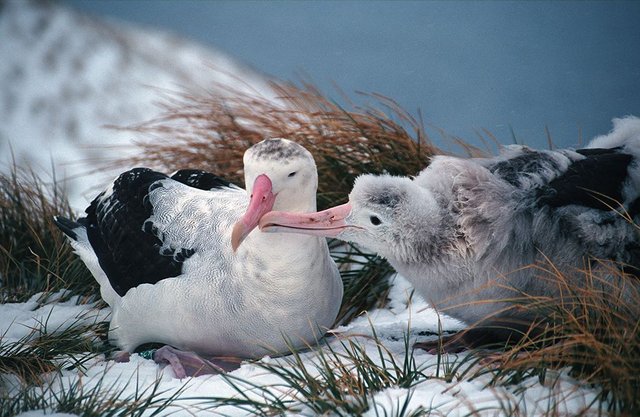
Description
The amazing Wandering Albatross (Diomedea exulans) is the largest species within its family group that consists of 22 species, sadly, of those 22 species there are 15 that are considered to be threatened with extinction with the other 7 near threatened. These phenomenal birds weigh an impressive 5.9-12.7kg with the males usually around 20% heavier than the females,
chicks have been reported to fledge from the nest up to 16.1kg which is potentially due to the amount of fat reserves built up whilst on the nest. These birds have the largest wingspan of ANY bird on the planet reaching up to 3.5 meters (over 10ft), spending most of their lives on the wing soaring over the southern oceans.It takes up to 9 months of parental care before the chicks fledge the nest and get ready for a life out at sea yet they will not reach full maturity until they are 9 years old, these birds can live up to 60 years. With their enormous wings, these birds can glide without any effort on the updrafts of the wind and can travel enormous distances with one individual travelling up to 6000km within 12 days. The birds feed on the surfaces of the water and will often roost on the water at night. The hooked bill is pink with tubular nostrils on either side of the upper bill different to that of other bird species that have fused nostrils, their legs are flesh coloured with the added webbed feet that reflects the oceanic life-style they are adapted too. The main diet of an Albatross consists of various fish, squid and crustaceans and they spend their time hunting at night at the seas surface, or whilst performing shallow dives. They will also follow fishing vessels feeding upon the fish waste that they often discard, such as the offal from gutted fish that is usually thrown overboard as well as certain fish species that weren't supposed to be caught in the fishing process. Like most Marine Birds they have developed a desalination system throughout their evolution, this allows the Wandering Albatross to ingest saltwater, once ingested it flows through the bloodstream until it reaches a pair of salt glands located just above their eyes, the glands then filter the salt and the concentrated saline liquid is excreted from their nostrils.
This magnificent bird is found in the Circumpolar regions with 75% of the worlds breeding population found in three places, South Georgia with 25%, Prince Edwards Islands with 40% and the Crozet and Kerguelan Islands with 10%.
Behaviour
When you think of flying, it’s the act of being able to move through the air that is very energy demanding compared to that of walking, some species of birds are well adapted to flying such as a falcon, however the Albatross is one of those animals you look at and think “that shouldn’t be able to fly” due to their immense size, weight and wingspan, however they are incredibly efficient flyers and can travel up to 950km per day at an average speed of 40kmh for weeks on end, with one bird tracked circling the continent of Antarctica in 46 days! These birds rarely flap their wings at all but glide effortless over long distances.
The Wandering Albatross only returns to land during the breeding season and will return to the same colony annually.
Finding a Mate & Reproduction
The Wandering Albatross reaches sexual maturity between the ages of 11-15, as mentioned in their behaviour they will migrate to the same area every year during the Southern Hemispheres summer months, though they will not pair up with a mate until they’ve reached sexual maturity.
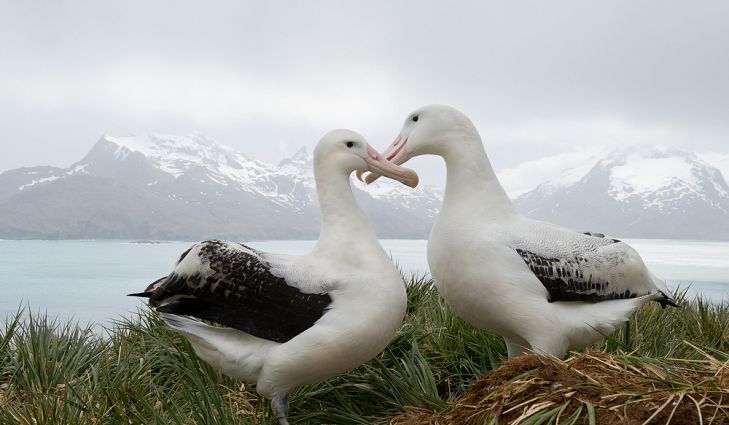
Developing a Life-long Bond
The courtship procedure for Wandering Albatross is one of the more complex rituals in the Animal Kingdom, a study published in 2001 documented that there were 22 distinct behavioural acts carried out during courtship, with 80% of acts being initiated by the female, this was the expected outcome prior to observation as the male Albatross constructs the nesting site, therefore the female is competing for a nest-spot. Of the 22 observed behaviours, 12 were directed toward a chosen partner and including behaviours ranging from physical activity to vocalisations and ‘dances’, some examples of Courtship:
• Preening feathers – Mainly occurred in Birds that had progressed quite far in to courtship, was also behaviour commonly observed in already paired Birds.
• Pointing – Act of stretching out the head and neck rigidly, behaviour often became synchronised resulting in the touching of Bills.
• Yammering and Sky calling – Series of vocalisations carried out by both Birds, often the Albatross will point upwards with its head outstretched where it will periodically ‘scream’ and rapidly chatter its mandibles at up to 10 claps per second, while sky calling the performing Bird will also pirouette around their chosen partner, often until the behaviour is reciprocated.
For a full list of Courtship rituals refer to page two here
As mentioned the females initiate most courtship rituals, therefore it is no surprise they also end the majority of them, often by simply walking away from the males Nest site, this behaviour is repetitive and Courtship can take a very long period of time, some courting pairs may even conduct the rituals over several breeding seasons before they decide to pair up and mate, with the study stating
Pair formation in Wandering Albatrosses at South Georgia may extend over many years; however, once paired, birds are faithful to their partner, the complex courtship displays of Wandering Albatrosses are important in establishing compatibility between birds and forging a long-lasting bond.
I will hand over to Sir David Attenborough here:
Once the pair has established their bond they will maintain the bond for the rest of their lives, meaning their bond may last as long as 40 years. Despite this close bond they will likely spend up to half of this period away from each other. This is due to the sheer energy expenditure associated with the Breeding season which leads them to spend most of their life out at sea.
Breeding season
Once paired with their ideal partner, the Birds can now focus on reproducing, the male is first to arrive back to the breeding colony, often around September/October and will always return to his old nest site, once returned he will work on perfecting the site in preparation for the return of his partner. The female then returns a few weeks after and the pair mate, once mated the pair leave the nest site and return to the open Seas where they will feed frequently in an effort to boost their fat reserves prior to the Egg being laid.Most Wandering Albatross lay a single Egg during December/January during the warm months of the various scattered islands of the Southern Hemisphere, the Egg will not hatch for another 11 weeks which is one of the longest incubation periods of any Bird species,
the pair will periodically take turns in incubating the Egg which will allow for sporadic coastal feeding over a period of 3-21 days.Once hatched the Albatross Chick will be cared for by both of its parents until it fledges, this process can take as many as 9 months and will require consistent feeding from its parents. Luckily for the Chick its parents are adept hunters and will often bring back a surplus of food; this results in fledgling Birds often weighing more than 2Kg’s more than average adults, these fat reserves will help as the young Bird learns how to gather food for itself.
All in all, the breeding process takes roughly a year on average and is physically demanding on both parents, as such they will generally at most breed every two years, though some pairs may defer breeding for as many as 4 years. Even if the pair does not breed, they will still return to their nesting site during the breeding season to be in each other’s company for 3-4 months, thus strengthening their unbreakable bond.
In the event that one member of the pair passes away, the surviving Albatross will generally not seek a mate for as many as 5 years, presumably as they may still believe their partner may return from the open Ocean someday.
The Plastic Problem
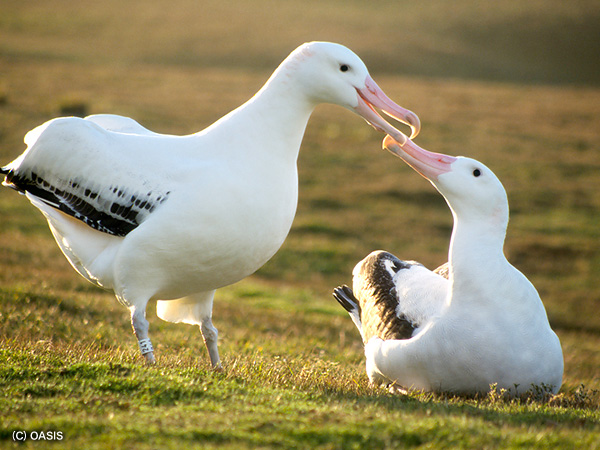
Since the 1960s, the population of the Wandering Albatross have been declining rapidly, with current numbers at 26,000 thus the IUCN Red List classifying the birds as Vulnerable. Due to their longevity and beginning to breed late in life, producing only one chick every 2-4 years with thousands killed every year, largely due to plastic wastes and illegal long-line fishing.
Long-line fishing is a method of producing long fishing lines laid out in the water to sink to the sea floor that is left and then pulled back up to catch a range of marine life, some of which is not intended. The danger posed to them is when
the lines are initially set out, the Albatrosses follow the boat, attracted by the bait and will swoop down for it once it is laid out thus becoming hooked, they are then dragged beneath the surface of the water where they drown. Legal commercial fisheries are taking positive steps to combat such deaths by adding weight to the lines so that they sink much quicker and are also adding long streamers behind the boats to try and scare the birds coming too close.Illegal fisheries however are not taking any measures to avoid the deaths of the Albatross as they basically do not care for the fact they are wiping out this remarkable species and they are thought to be hugely responsible for the majority of Albatross losing their lives this way. South Georgia is home to 25% of the breeding population of the Albatross where scientists are discovering a new issue that is now a huge threat for these creatures: Marine litter. The zoologists on Bird island began to pick up any litter washed ashore amongst the bird colonies, they found a plethora of plastic items such as packaging, cling film, gloves, foam, toothbrushes, plastic bottles and caps and also banding from packaging. You may be wondering what plastic can do to an Albatross that spends its life on the wing, well when scientists began looking at the pellets that the chicks had regurgitated, they discovered the evidence that the birds are ingesting plastic. This comes directly from their parents that have fed on the plastic out at sea where they have spent at least a fortnight feeding, travelling thousands of miles from the nest.Sadly, this is a newly discovered problem and scientists are only now beginning to understand the implications that ingesting plastic could have on the overall Albatross population. Fortunately, the chicks can get rid of some of the plastic before they fledge however some are not so lucky. Studies are still taking place to estimate how many adult birds are losing their lives, along with their chicks that starve to death on the island due to the death of their parents.
How you can help
Like with the majority of the animals on the planet, simple changes at home will make a huge and direct impact on the environment and the habitats these animals live in. Recycling, picking up litter, joining a simple beach clean along your coast will aid this species and other seabirds. By reducing the use of plastics to more environmentally friendly substitutes will also help to reduce the risk of this entering the food chain of the Albatross in the future.Amavi’s Poo Fact
A recent DNA analysis into the scats of Albatross has offered surprising results into their diet. Studying up to 1460 poops has shown that it contains a much higher proportion of jellyfish than what was previously estimated. Published in the Molecular Ecology journal, it showed its importance because these top predators are used to identify the overall health of the marine ecosystem. The reason this is surprising to scientists is due to the fact jellyfish have been regarded as of little nutritional value to the Birds so eating Jellyfish indicates a reduction in more nutritious food sources. Having found it in a large proportion of their study it allows for a deeper understanding into the impacts of environmental change and climate change which is having a huge impact on the species that live both in and above our Oceans.
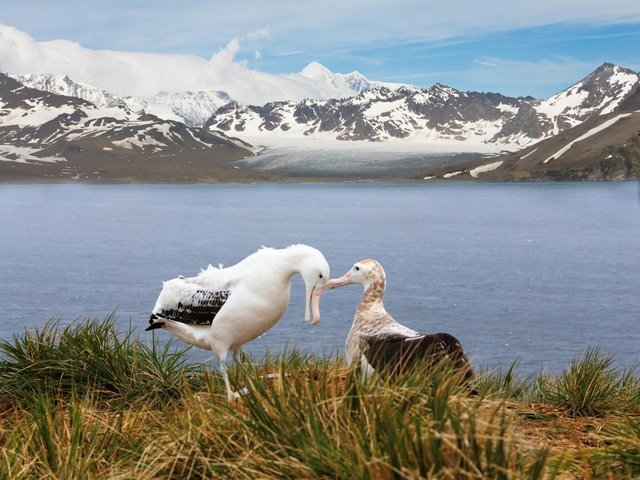
If you enjoyed this edition of Amazing Animals you may be interested in some of my previous posts:
- Amazing Animals The Lobster
- Amazing Animals The Polar Bear
- Amazing Animals The Blue Whale
- Amazing Animals The Pangolin
- Amazing Animals The Emperor Penguin
- Amazing Animals The Giraffe
Content sources
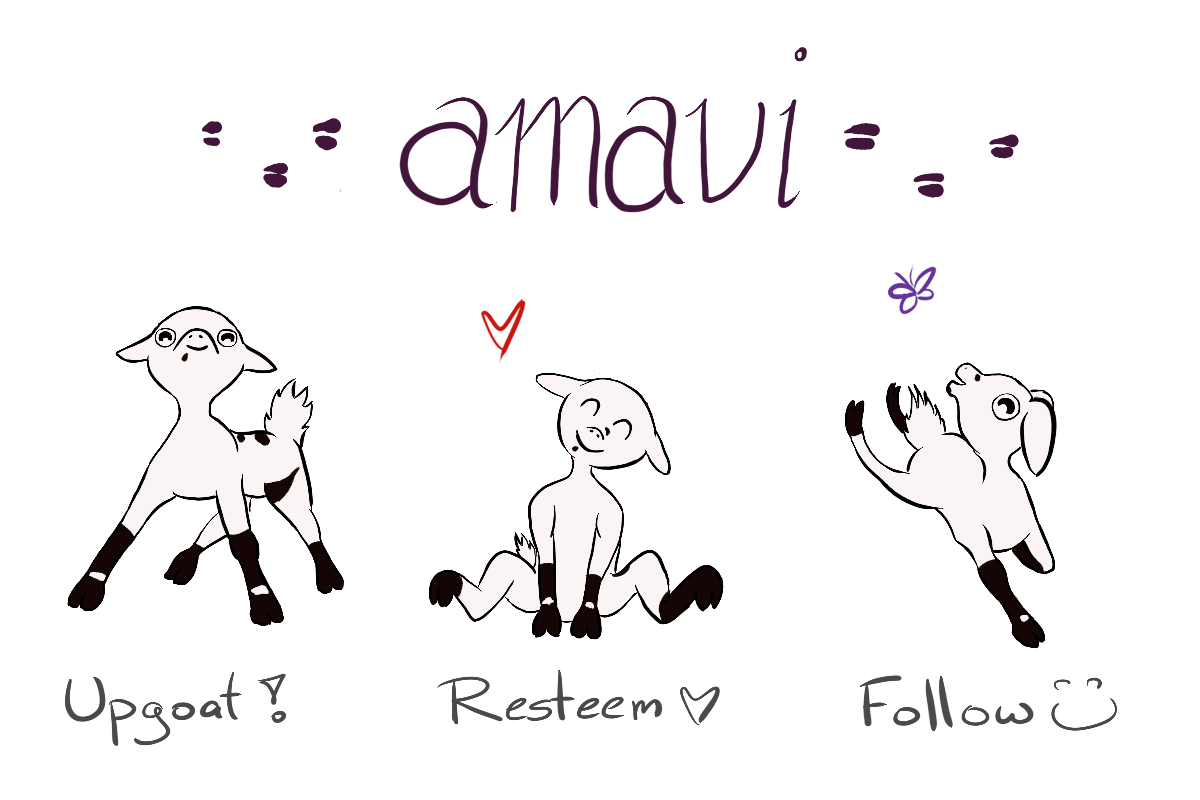
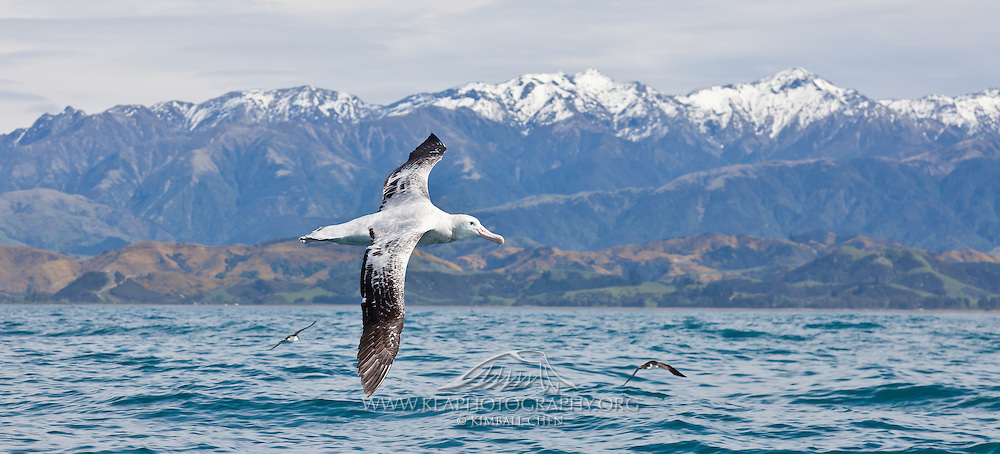

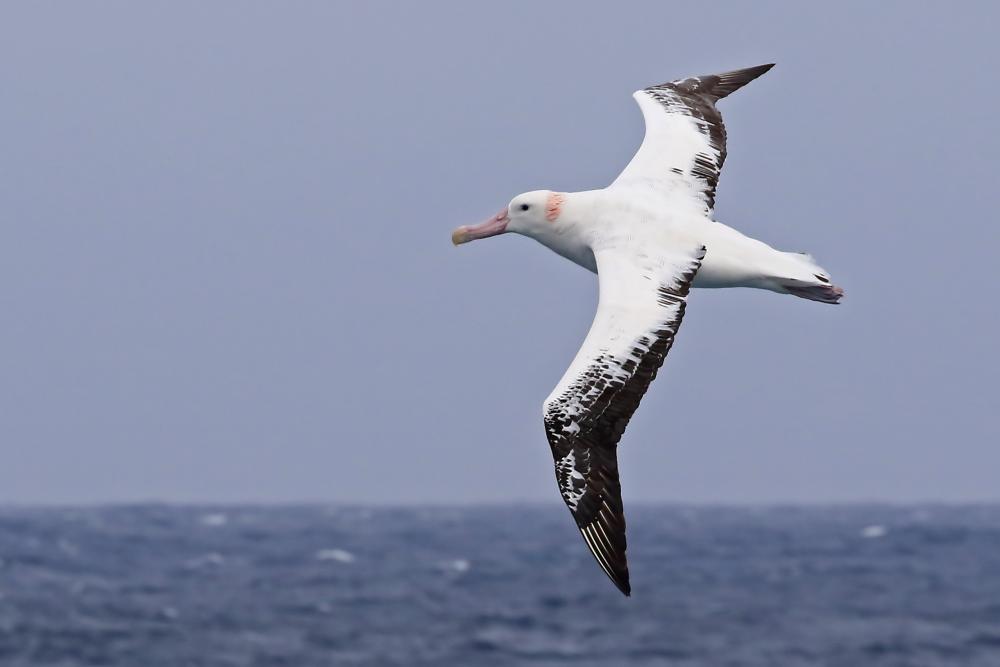
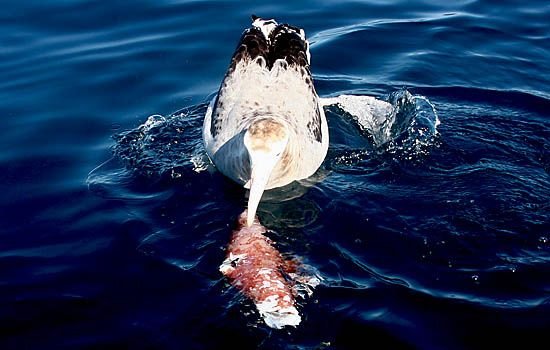
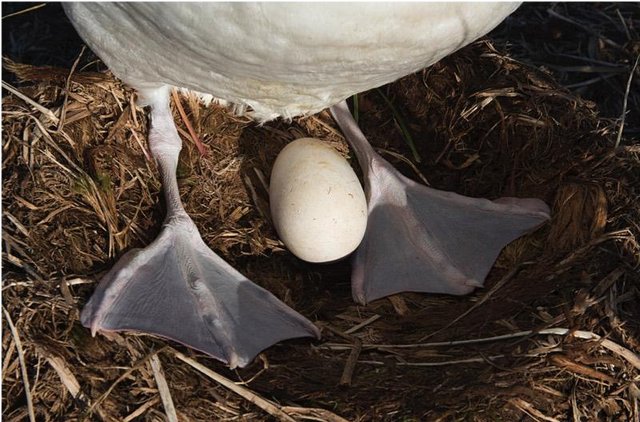
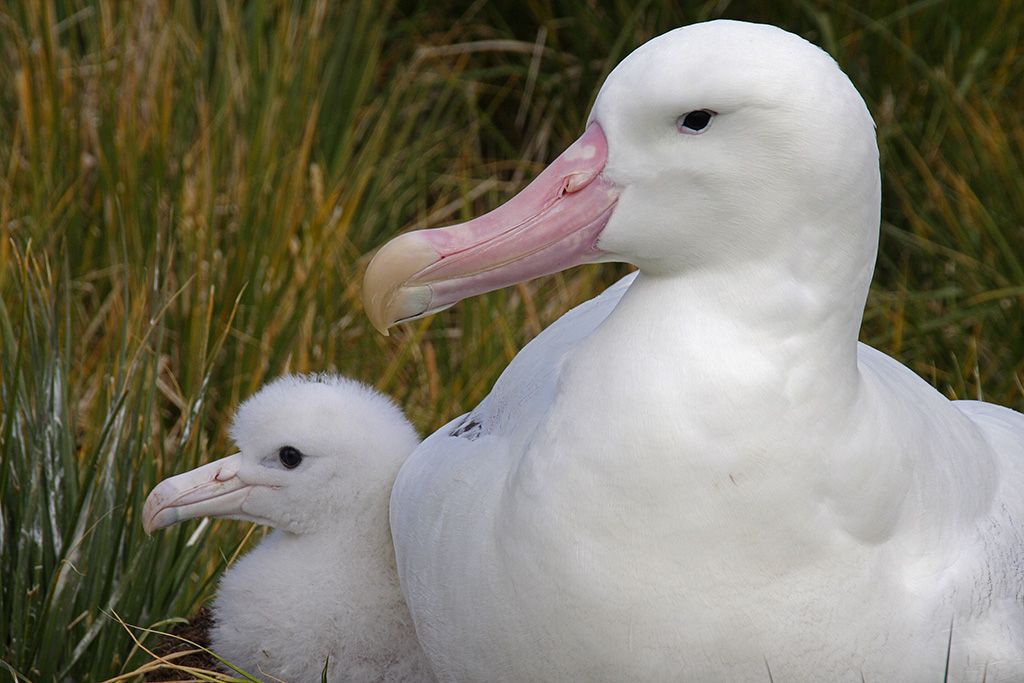
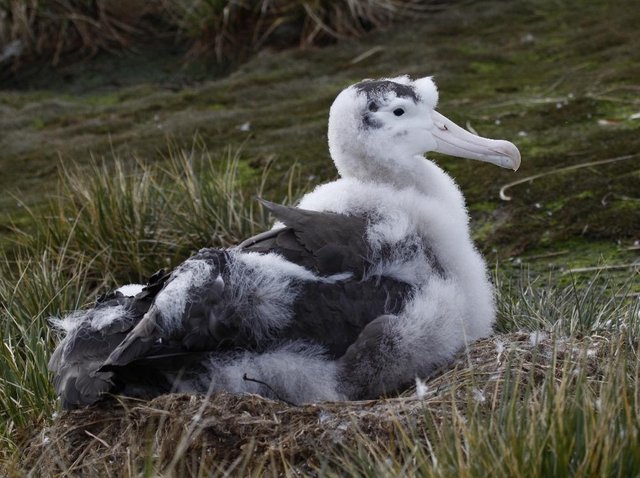
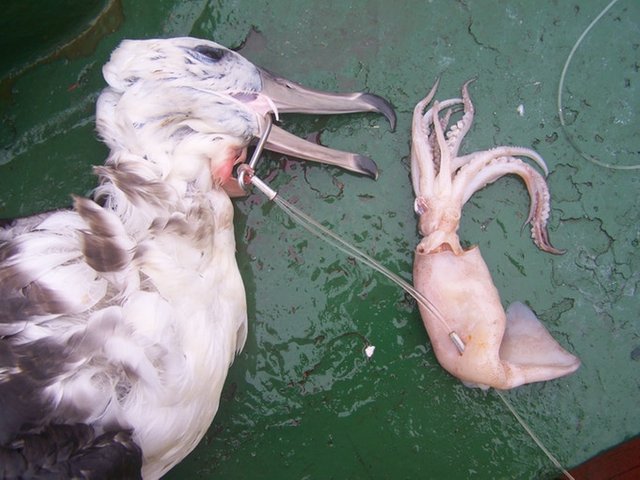
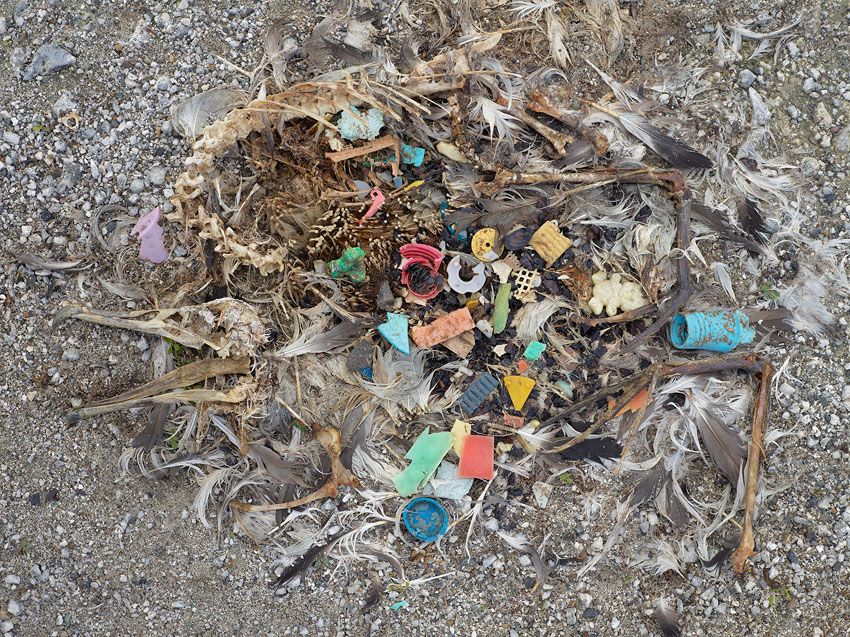
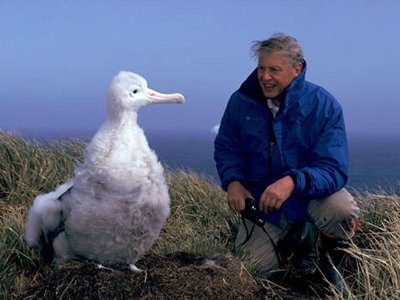
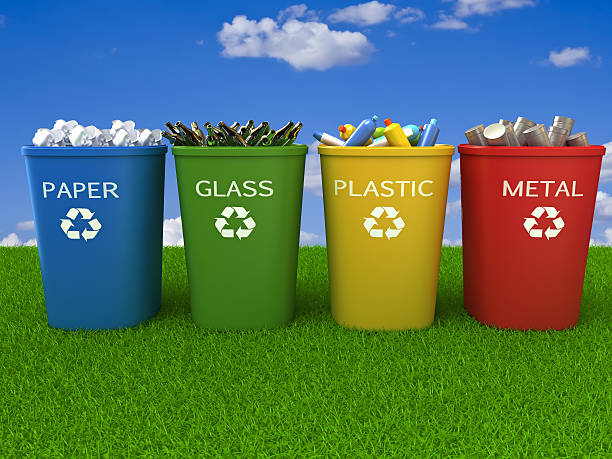
What a great article again! It is the first of this famous series I am finally getting on-track with it and want to thank you for the fantastic work you have shared with us here!!! How much time do they spend in the air in their entire lifetime, if we are to extrapolate the % of time spent over the course fo the day? This is insane!!!
Namaste :)
Thanks glad you enjoyed it :)
Considering they only return to dry land for 3-4 months of the year, and even then continue to fly for up to 3 weeks at a time we can assume that they are likely only on land for a period of around 4-8 weeks per year. This rises significantly if they have a Chick and they may spend as long as 20 weeks on land while they take turns gathering food for the Chick, this prolonged period on land only occurs every 2-5 years.
Aside from the breeding season they roost frequently at night time on the waves, though they are more than capable of resting on the wing and flying for days or even weeks at a time, with one Albatross travelling over 10000 miles on a single journey, they actually use less energy in flight than they do on dry land! It can be estimated that they will spend at least 50% of their life in the air though this figure may be significantly higher depending on the individual and the feeding opportunities available to it.
This reply is one of the very best I got over the passed year and a half, great answer to my question and it sure is worth a solid upvote! Thank you so very much, this way, I'll be going to bed less of an idiot, in some ways... ;) LOL!!!
Namaste :)
I had never thought about their saltwater ingestion before, so to learn about the built-in filter was fascinating.
It certainly is heartbreaking to know that so many careless or greedy people are directly or indirectly leading to the great suffering, harm, and decline of these birds (and other creatures).
It's a trait present in all Seabirds, so next time you're at the seaside look closely at the Gulls and you'll probably see a bead or two of water dripping off the end of their Bill, that's concentrated saltwater!
Resteemed to over 6300 followers and 100% upvoted. Thank you for using my service!
Send 0.100 Steem or 0.100 Steem Dollar and the URL in the memo to use the bot.
Read here how the bot from Berlin works.
@resteem.bot
Amazing as usual. I haven't seen any of these beautiful creatures in Africa but it is great to learn some things about them. I thought eagles had the most ease of flight. I never truly heard about albatross. Thanks for sharing in a way only you can.
I don't know how I haven't discovered you sooner! I was an obsessive watcher of nature documentaries growing up, so this detailed information is like heaven! You have another new follower! I was privileged to see some albatross in New Zealand. It's incredible how much time they spend in flight. So sad to hear about the long-line fishing, though.
Thank you for your kind words, hopefully you’ll enjoy all my other series just as much! Seeing an Albatross in the wild must of been incredible and I hope also I get to see one someday!
Whilst there is a market for the fish they farm in this way it will sadly continue. Fighting against any illegal animal trade is always going to be a long battle that some of us will continue to fight for. All that you can do is check with restaurants how and where their fish is farmed and also check on the back of tins as it is usually started on there to avoid long-line fishing
@originalworks
The @OriginalWorks bot has determined this post by @amavi to be original material and upvoted(1.5%) it!
To call @OriginalWorks, simply reply to any post with @originalworks or !originalworks in your message!
well... Jonathan Livingstone should not be a goeland but an albatros, then ! THANK YOU for this wonderful and complete report, as usual, with so great quality of research ! reading your posts is just delightful.
Thank you so much for your wonderful comment! I hope you can enjoy them in the future also :)
Great work! I was hoping to find someone who wrote about different animal behaviours and what not. We have ourselves an e-David Attenborough!
I am blown away by your comment, to even come close to such a name is something I probably won't forget for a long time. I hope I can continue to inspire and educate those who are willing to listen (or read in this case)
Beautiful birds and this post was incredibly informative. Thank you, I love learning about different animals.
That's a lot of information about a bird. Too much to soak in at one time. Some nice pictures though.